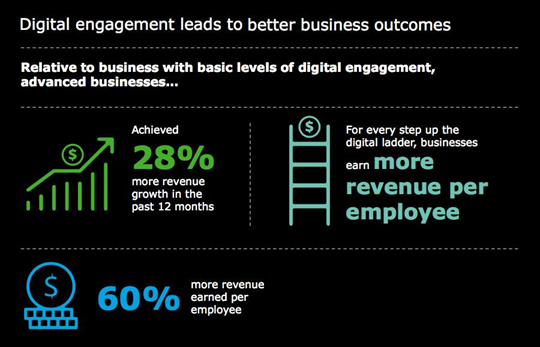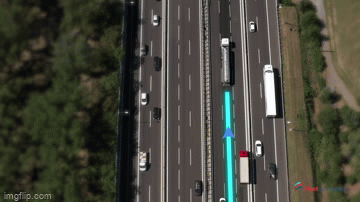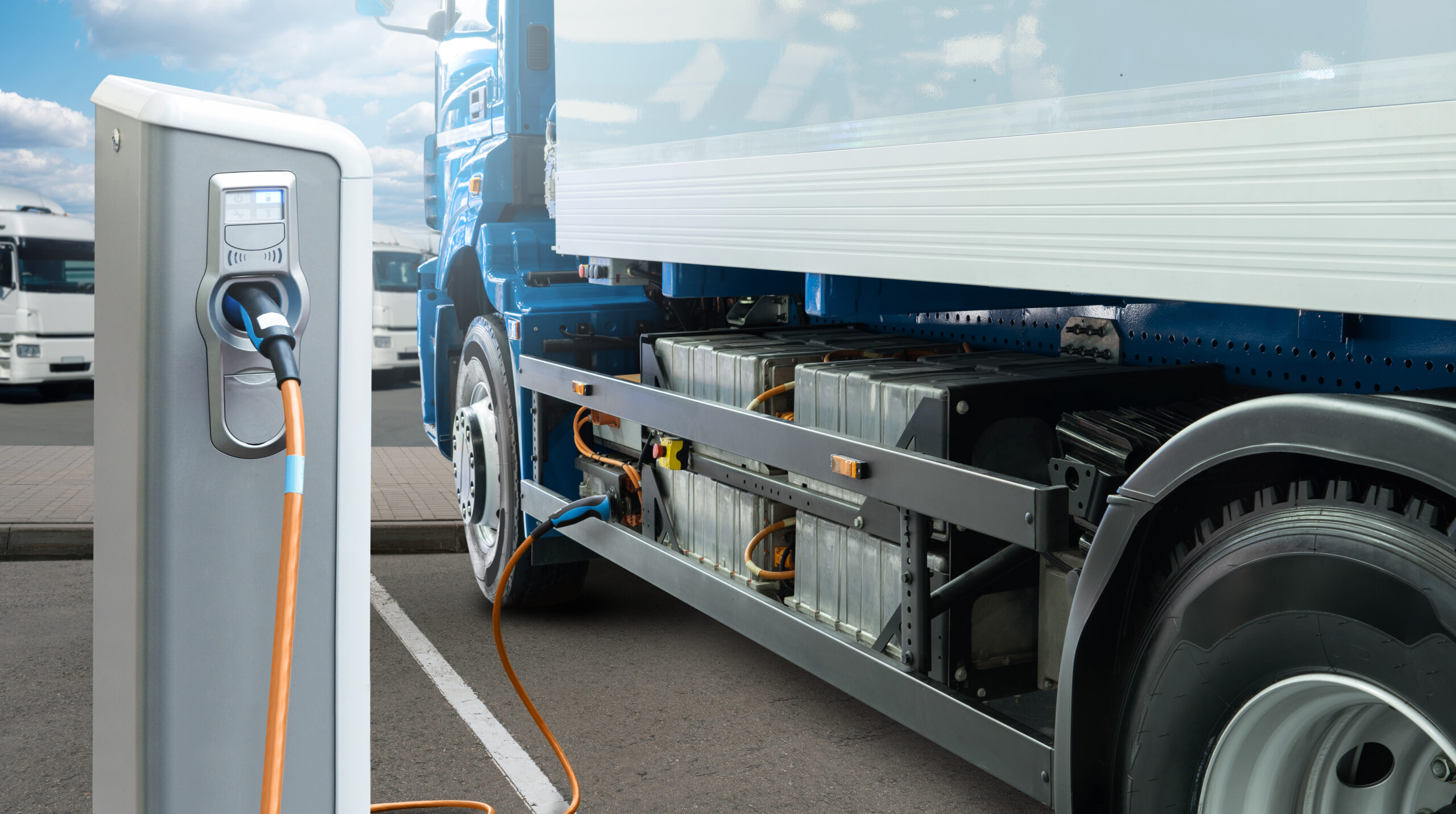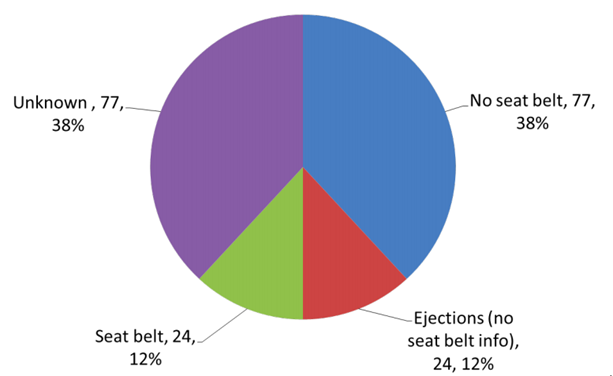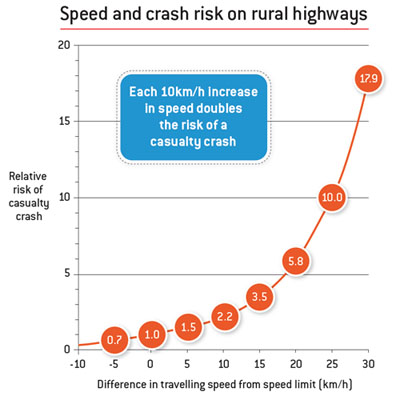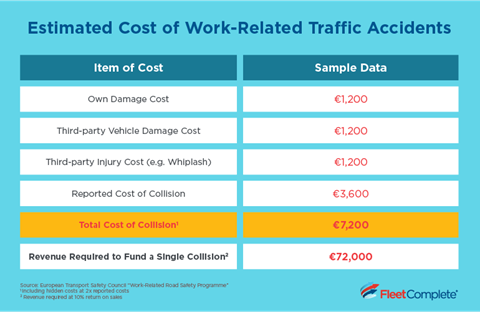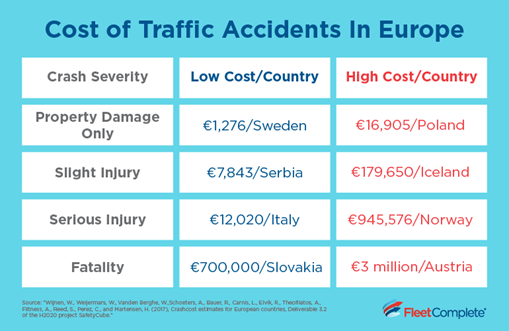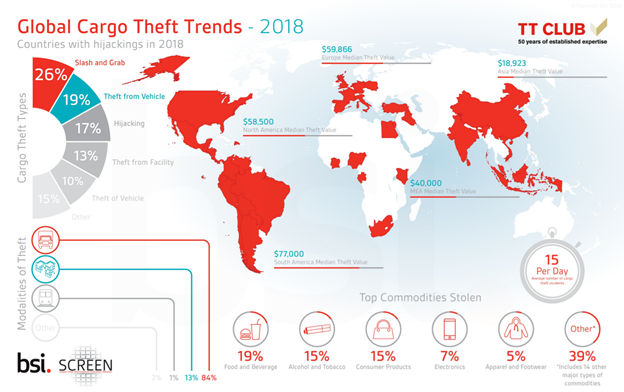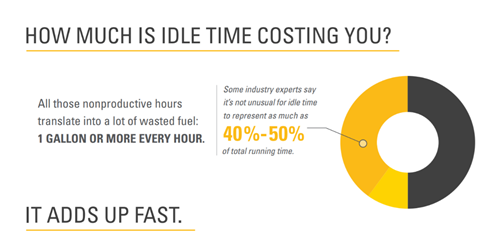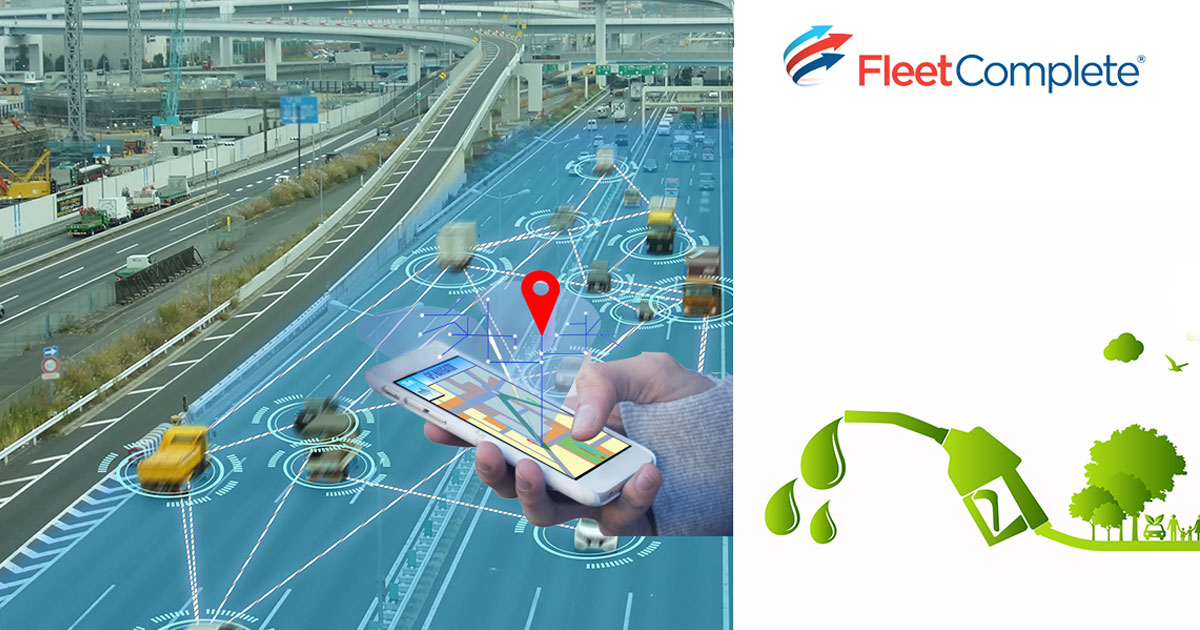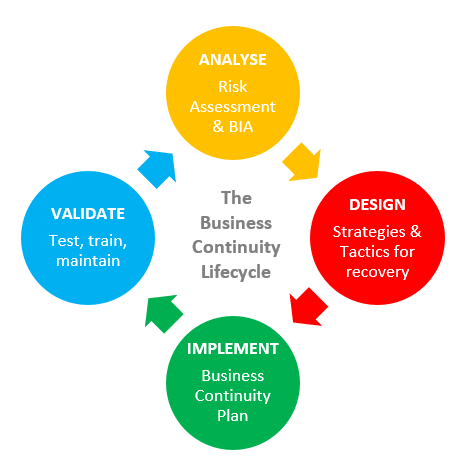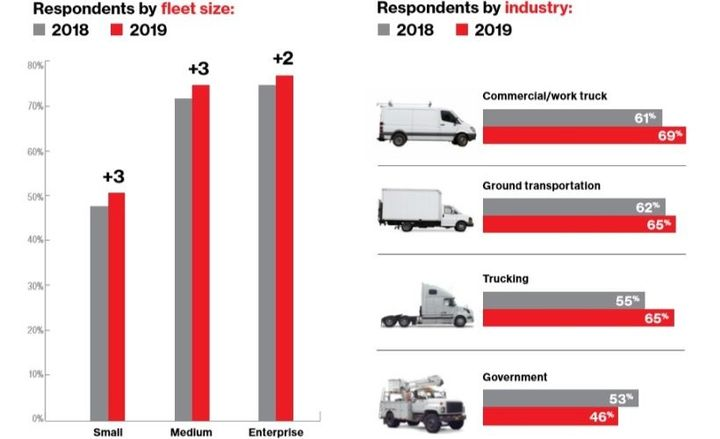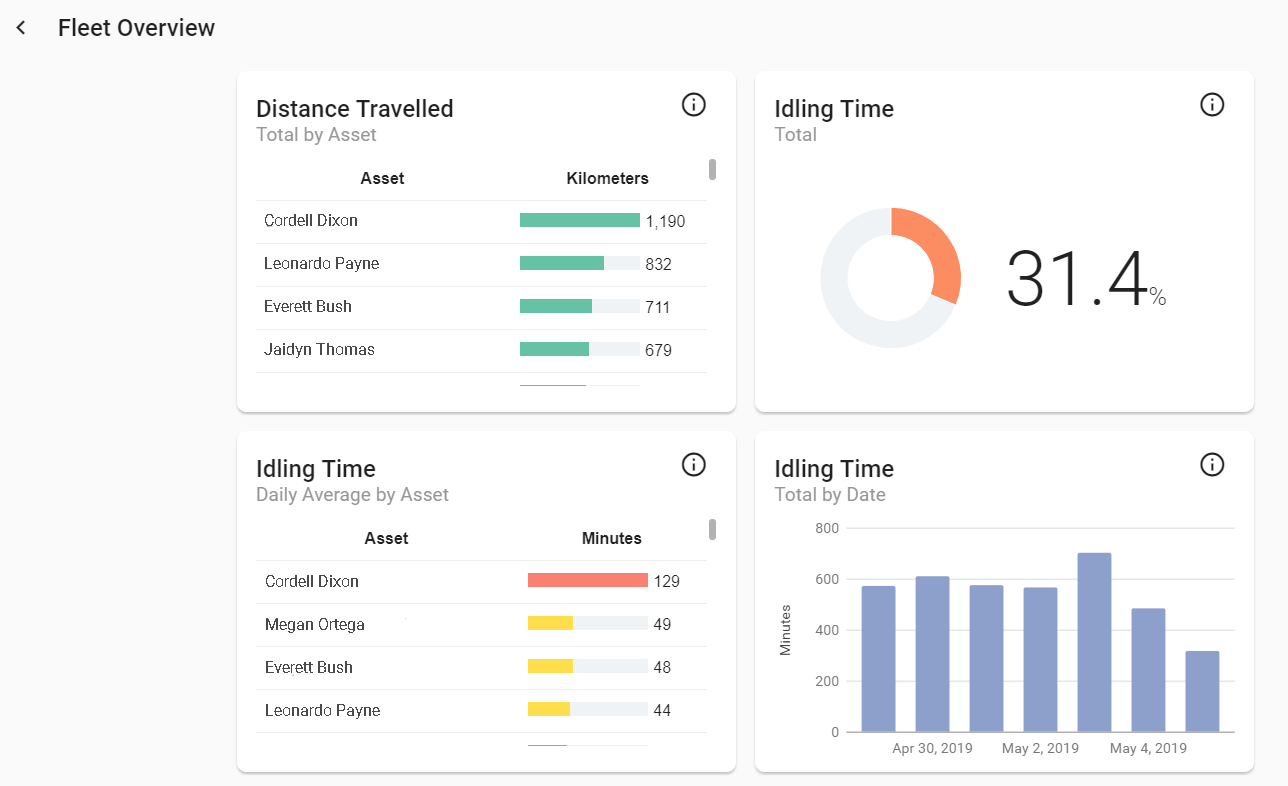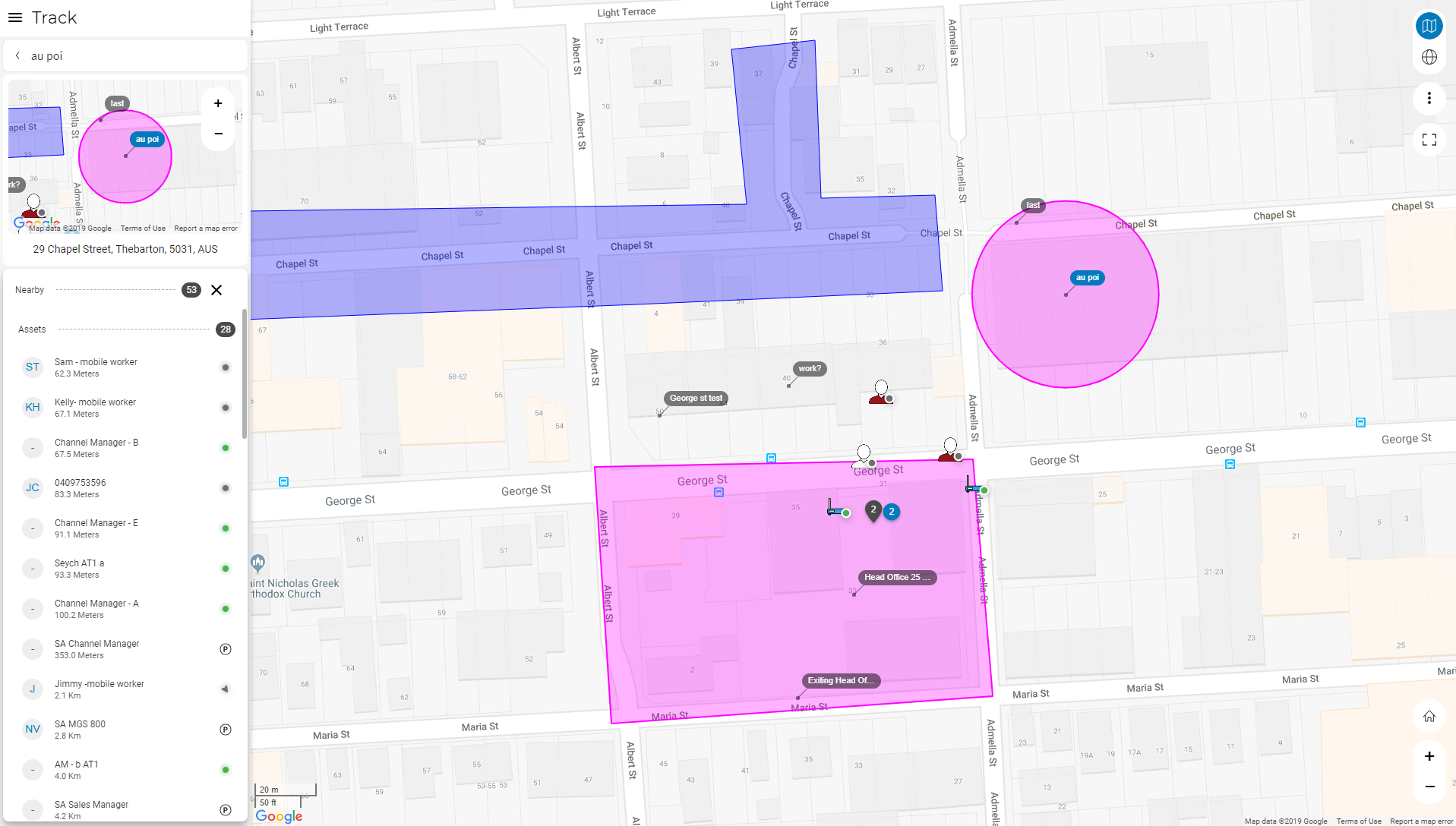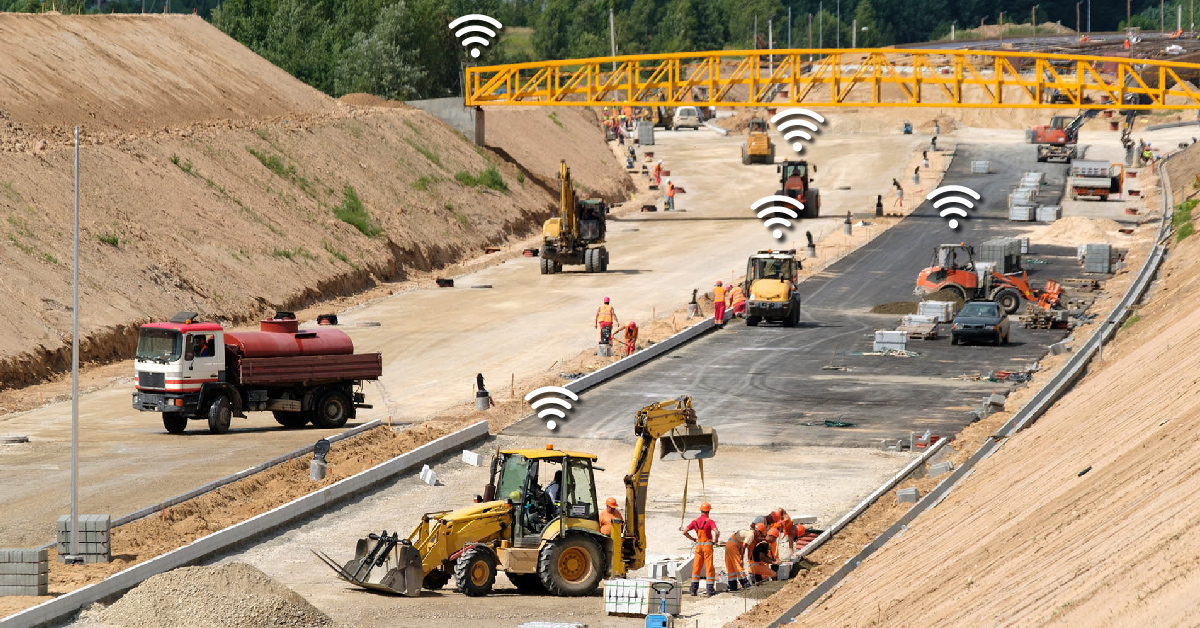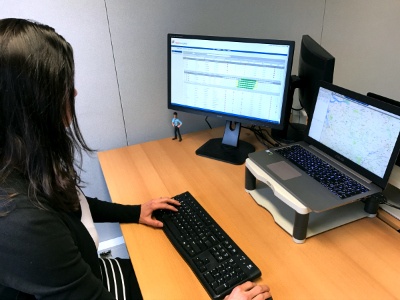The COVID-19 pandemic is affecting most of the countries and businesses around the world and has drastically changed the structure of how society operates. Businesses need to adjust their entire planning processes to comply with the new safety regulations and standards in order to remain operational.
The “new normal” is forcing everyone to rethink and re-strategize how to run their businesses, and Internet of Things (IoT) has been particularly instrumental in providing connectivity for essential services staff working remotely in the field, as well as adding the flexibility and needed oversight to those coordinating from home base. Today, more than ever, IoT solutions are playing a critical role in helping organizations and the society meet the challenges of the new normal and adapt in order to succeed.
Higher reliance on digital capabilities in planning and deeper process automation is needed for businesses to improve their current decision-making and be better prepared for the new normal. Increasing driver health and safety with digital processes for contactless deliveries, as well as improving overall fleet efficiency in daily operations and cost control have become critical to keep a business running.

Benefits of IoT for Businesses
Interconnectivity between devices and in-field assets through wireless cloud networks (provided by IoT) is what allows businesses and employees to be more connected to the world around them and do more meaningful, higher-level work. Especially important today, IoT helps businesses create a better strategy plan and providing measurable insights into their operations, helping improve fleet management, increase overall resource productivity, and adapt processes to the new normal.
IoT enables digitalization, and that is probably the key factor allowing business owners and managers to make productivity improvements. The amount time previously spent on manual tasks, mounds of paperwork, filling out logbooks, phone checkups with drivers or even switching back and forth between multiple software platforms can now be spent on, for example, making more delivery stops and serving more customers throughout the day.
Finding out where a vehicle is, taking numerous phone calls to provide location updates to customers or figuring out which driver is closest to an urgent job is consuming a lot of valuable time that can be spent on processing new orders, invoicing, improving logistics and delivering better service to your client base.
An IoT-enabled fleet management solution helps businesses gain competitive advantages by automating processes in a cloud-based platform and providing real-time visibility into everything that goes on in the field. Connecting to your fleet vehicles through installed telematics devices, you get their current GPS location and activity status on one web map, together with other reports and analytics that help improve your dispatch, route planning and business logistics. This real-time visibility is what helps you gain flexibility in your resource allocation, better planning and quicker adaptability to changes in situation.
With real-time GPS location, businesses are able to provide customers the exact times of arrival or instantly update the route for a customer emergency. Using fleet tracking software also helps reduce wait times at destinations and monitor driver behaviour on the road to ensure safety and compliance, as well as minimize the risk of crashes and liability. IoT telematics can collect data on vehicle diagnostics, such as speed, idling time, harsh acceleration or braking, fuel consumption, vehicle faults, tire pressure and more.
In case of a crash, the hardare, connected to the vehicle’s engine module, will send an alert to the head office indicating a collision, so you can dispatch help to your driver without delay. You can also incorporate a better maintenance and vehicle health program for your fleet with better scheduling and routine checkups that will help avoid downtime and breakdown costs on the roadside.
This way, using an IoT-enabled fleet management solutions can boost performance through better asset visibility and vehicle utilization, reduced wait times at destinations, and proactive maintenance for cost savings.

Fleets that are not using telematics are missing out on opportunities to reduce costs, make their operations more efficient, and generate more profit. Read our blog and find out how to ensure your company achieves an almost immediate ROI.
Through optimized route planning and improved driving behaviour, JR Company in Austria saved 90,000 euros a year by using Fleet Complete’s telematics solution. By optimizing driving behavior, JR Company reduced its cost of vehicle damage by 30%, and that of parts wear and tear by as much as 50%. Check our customer case study video and learn more on how Fleet Complete helps businesses thrive around the world!
Seeing the proven cost savings and process efficiencies, IoT is quickly becoming best practice in fleet management. By implementing a telematics platform into their operations, fleet managers and business owners can be better prepared for the “new normal”, solving their business challenges in a flexible way and gaining substantial benefits as well.
Our fleet tracking platform can provide you with complete visibility over your operations, improving your overall fleet efficiency and productivity. Enable better business planning with telematics and help your business to adapt and succeed!
We are HERE to help! We have the tools to Help Your Business Adapt and Succeed in this new normal.
Want to Learn More about Fleet Completes’ solutions? Request a Demo!






